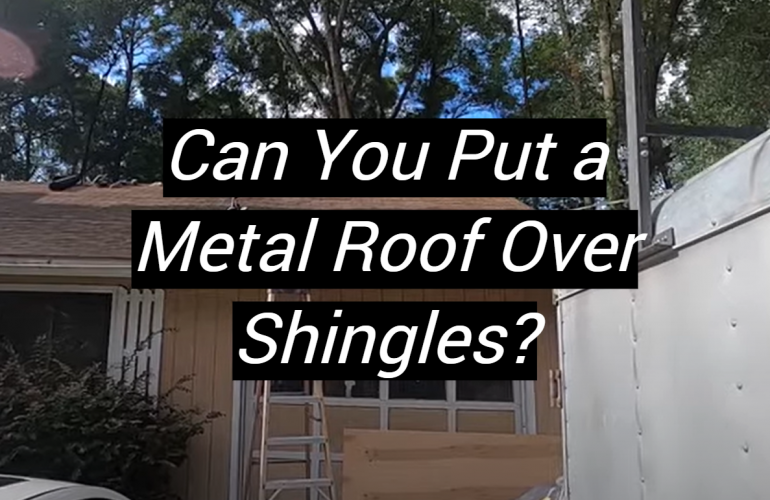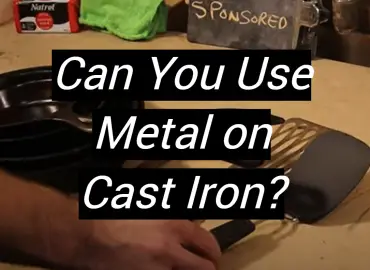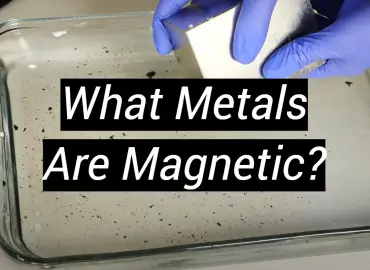Many homeowners are interested in installing metal roofs because of their many benefits. Metal roofs are durable, long-lasting, and can withstand severe weather conditions. However, some people are unsure if they can install a metal roof over an existing roofing system. In this article, we will answer common questions about metal roof installation and provide tips on whether or not it is possible to put a metal roof over shingles.
Factors to consider when installing a metal roof over shingles
- The type of roofing system you have: If you have an asphalt shingle roof, you will need to take special precautions when installing a metal roof over it. Asphalt shingles are combustible, so you will need to make sure that the metal roof is properly ventilated so that heat can escape. You will also need to use special fasteners and brackets to attach the metal roofing to the underlying structure. If you have a tile or slate roof, you will need to consult with a professional to determine if it is possible to install a metal roof over your existing roof.
- The condition of your existing roof: It is important to inspect your existing roof before installation. Make sure that there are no damaged or rotting boards and that the flashing is in good condition. You will also need to make sure that your gutters and downspouts are clear of debris so that they can properly drain water away from your home.
- The pitch of your roof: The pitch of your roof, or the angle at which it slopes, will affect the installation process.If your roof does not meet this requirement, you may need to consult with a professional to determine if it is possible to install a metal roof over your existing roof.
- The type of metal roofing you choose: There are many different types of metal roofs available on the market. You will need to choose a metal roof that is compatible with the type of roofing system you have. For example, if you have an asphalt shingle roof, you will need to choose a metal roof that has a special fastening system designed for asphalt shingles.
- The climate: The climate in your area will affect the installation process and the lifespan of your metal roof. If you live in an area with severe weather conditions, such as high winds or hail, you will need to take special precautions when installing a metal roof over your existing roof. Consult with a professional to determine what type of metal roof is best for your climate.
- The cost: Metal roofs are more expensive than most other types of roofs. However, they are also more durable and last longer. When deciding whether or not to install a metal roof over your existing roof, you will need to weigh the cost of the project against the benefits of a metal roof.
- The aesthetics: Metal roofs are available in a variety of colors and styles. You will need to choose a metal roof that compliments the style of your home. In some cases, it may be necessary to install a new drip edge or trim in order to achieve the desired look.
- The warranty: Most manufacturers offer warranties on their metal roofs. Make sure to read the warranty carefully so that you understand what is covered and what is not. In some cases, you may be able to transfer the warranty to a new owner if you sell your home.
- The installation: Metal roofs are not easy to install. You will need to hire a professional roofing contractor who has experience installing metal roofs. The installation process is complex and requires special tools and equipment. Make sure that you get several estimates from different contractors before choosing one for the job.
- The permit: You will need to obtain a permit from your local building department before installing a metal roof over your existing roof. The permit fee is typically based on the square footage of the project.
- The inspection: After the installation is complete, you will need to have your metal roof inspected by a certified inspector. The inspector will check for proper installation and will also test the roof for leaks.
- The maintenance: Metal roofs require little maintenance. You will need to keep the gutters and downspouts clean so that they can properly drain water away from your home. In some cases, you may need to repaint the metal roof every few years in order to maintain its appearance.[1]
Benefits of sturdy metal roofs
Long life
Metal roofs are built to last. Many manufacturers offer warranties of 40 years or more, and some steel roofs have been known to last well over a century with little to no maintenance.
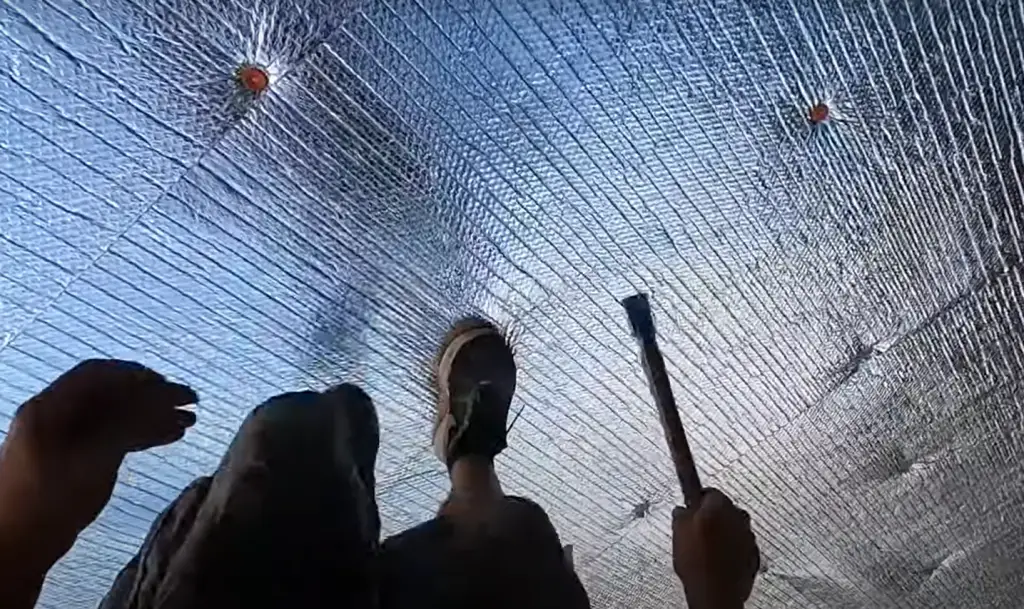
A metal roof will also withstand most severe weather conditions, including high winds, hail, and snow. And because they are non-combustible, metal roofs can offer an important measure of protection against wildfires.[1]
Virtually impervious to damage
Metal roofs are very resistant to damage from the elements, as well as from physical impact. They are not susceptible to rotting or decay, and termites and other pests will not damage them.
In addition, metal roofs can withstand high winds and heavy snow loads without leaking or collapsing. And if they are damaged, metal roofs can usually be repaired quickly and easily.
Very low maintenance
A metal roof requires very little maintenance. In most cases, it will only need to be cleaned occasionally to remove dirt and debris. And if it does become damaged, it can usually be repaired quickly and easily.
Lowered cooling bills
Metal roofs reflect sunlight, which can help keep your home cooler in summer. This can lead to lower cooling bills and increased comfort.[1]
Environmentally friendly
Metal roofs are recyclable, and many are made from recycled materials. They can also help reduce the “urban heat island effect” by reflecting heat away from buildings.[4]
Aesthetic appeal
Metal roofs come in a wide variety of colors and styles, so you can find one that complements the look of your home. And because they last so long, metal roofs can increase the resale value of your home.
Disadvantages Of Metal Roofs
While metal roofs offer many advantages, there are also a few disadvantages to consider. One of the main disadvantages of metal roofs is that they can be quite noisy during a rain or hailstorm. If you live in an area that gets a lot of severe weather, this may be something to keep in mind. Additionally, metal roofs can be more expensive than traditional shingle roofs. However, they typically last much longer, so you may ultimately save money in the long run.

Another potential disadvantage of metal roofs is that they can be more difficult to install than shingle roofs. Therefore, it’s important to make sure you hire a qualified and experienced contractor if you decide to go with a metal roof. Finally, because metal roofs are more reflective than shingle roofs, they may not be the best choice if you live in an area with a lot of snow. The reflectivity can cause the snow to melt and then freeze, which can create ice dams and other problems.
Overall, metal roofs offer many advantages and a few disadvantages. If you’re considering a new roof for your home, be sure to weigh all of the pros and cons before making a final decision.[2]
Installation Of Metal Roofing Over Shingles
Manufacturer Specifications And Warranty
The short answer is yes, you can install a metal roof over shingles. However, there are a few things to consider before doing so. In this article, we’ll cover some background information on metal roofs and installing them over shingles, as well as touch on manufacturer specifications and warranty requirements. We’ll also discuss code regulations related to this type of installation.
It’s important to note that not all metal roofs are created equal. There are different types of metal roofs available on the market, each with its own set of benefits and drawbacks. When deciding whether or not to install a metal roof over shingles, it’s important to select the right type of metal roof for your needs.[2]
Fastener Application
One of the most important considerations when installing a metal roof over shingles is the type of fastener used. It’s critical to use the right type of fastener to avoid penetrating the shingles and damaging the waterproofing membrane beneath.
There are two types of fasteners commonly used for this type of installation: screw-in and clip-on. Screw-in fasteners are driven into the sheathing beneath the shingles, while clip-on fasteners attach to the edge of the shingle above. Both types of fasteners must be properly sealed to avoid leaks.[2]
Trim
Proper trim and flashing are also essential for a successful installation. Metal roofing should be trimmed flush with the edges of the shingles, and any gaps should be sealed with flashing tape or sealant. It’s also important to install drip edge flashing along the eave to prevent water from seeping behind the metal roofing.
Safety
When working with any type of roofing material, safety should always be a top priority. Be sure to follow all manufacturer instructions and safety precautions when installing a metal roof over shingles.
Code Regulations
There are certain codes and regulations that must be followed when installing a metal roof over shingles. These vary depending on your location, so it’s important to check with your local building code office before beginning any work.
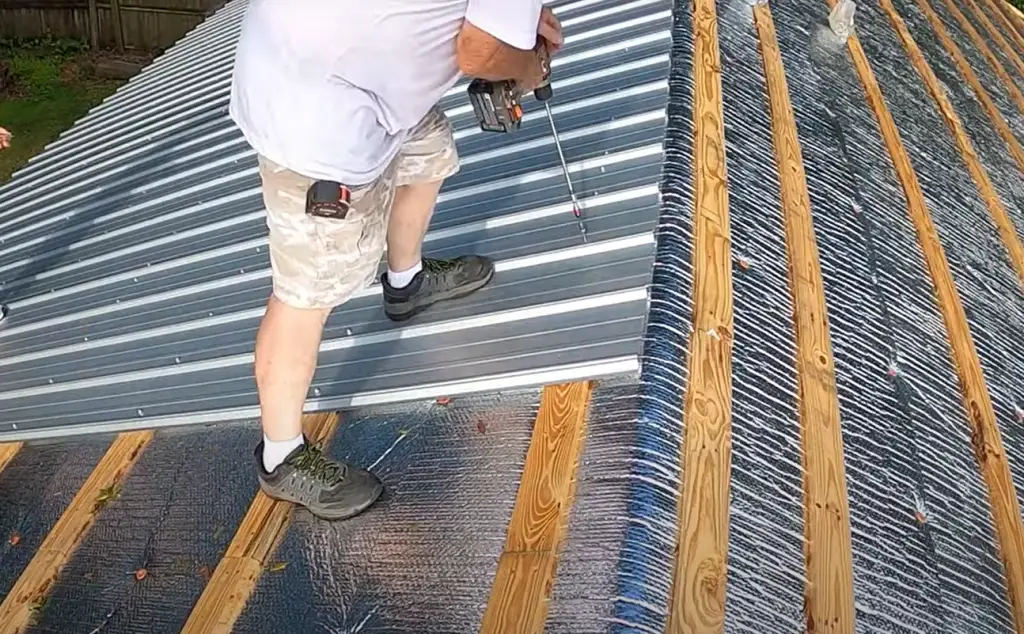
In most cases, you’ll need to install a secondary water-resistant barrier beneath the metal roofing. This can be accomplished by installing an ice and water shield or a self-adhered membrane. These products are designed to prevent water from penetrating the roofing system in the event of ice damming or wind-driven rain.
Metal Roof Over Shingles Condensation
Another important consideration is condensation. Metal roofing is prone to condensation, which can cause problems if not properly addressed.
This will help to keep moisture from building up and causing problems.Installing a metal roof over shingles is possible, but there are a few things to consider before doing so. Be sure to select the right type of metal roof and use the proper fasteners and trim. Also, be sure to check with your local building code office for specific code regulations. Following these guidelines will help to ensure a successful installation.
Is It Cheaper To Get A Metal Roof Or Shingles?
The cost of a metal roof will vary depending on the materials used and the size of your home. However, in general, metal roofs are more expensive than shingles. This is because metal roofs last longer and are more durable. If you live in an area with severe weather conditions, a metal roof may be the best option for your home.
Why Install Metal Roofing Over Existing Shingles?
There are a few reasons why you might want to install a metal roof over your existing shingles:
- You live in an area with severe weather conditions, and you want to protect your home from damage.
- Your shingles are old and need to be replaced anyway.
- You want to increase the value of your home.
- You’re looking for a more energy-efficient roofing option.
- You simply like the look of metal roofs and want to give your home a facelift.
Installing a metal roof over shingles is generally allowed by most building codes, but it’s always best to check with your local code officials before proceeding.
There are a few things to keep in mind if you’re considering installing a metal roof over shingles:
- Make sure the roof deck is in good condition.
- The existing shingles must be secured before the new roof can be installed.
- Be sure to use the proper fasteners and sealants when installing the new roof.
- Make sure your insurance policy covers metal roofs. Some policies don’t, so you’ll want to make sure you’re adequately covered before proceeding.
- Check with your local utility companies to see if there are any special requirements for installing a metal roof in your area.[3]
Metal Roofing Over Existing Shingles Options
Metal Panel Attachment into Furring or Lathing Strips
It is possible to install a metal roof over shingles, but there are a few things to consider before doing so. One option is to install furring or lathing strips over the shingles and then attach the metal panels to those strips. Another option is to install a standing seam metal roof, which does not require furring or lathing strips. There are pros and cons to each option, and the best option for you will depend on your specific situation.
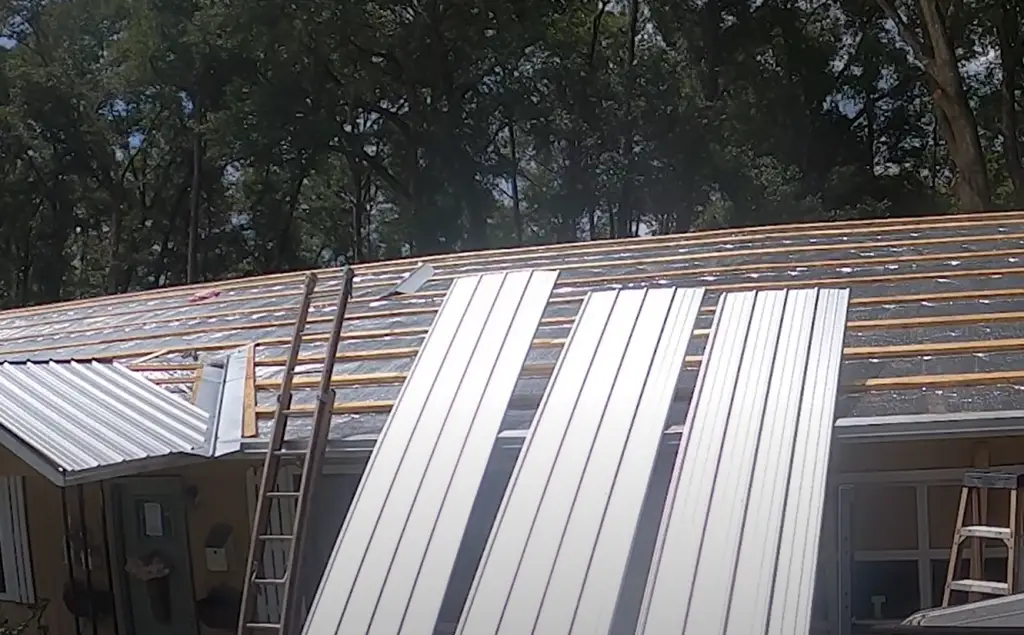
Installing furring or lathing strips over shingles is one way to install a metal roof over existing shingles. Furring or lathing strips provide a level surface for the metal panels to be attached to, and they also raise the metal panels up off of the shingles so that there is room for ventilation. This option is generally more expensive than installing a standing seam metal roof, but it may be the best option if your shingles are in good condition and you want to avoid removing them.[3]
Metal Panel Attachment Directly into Shingles
Another option for installing a metal roof over shingles is to attach the metal panels directly into the shingles. This option is generally less expensive than installing furring or lathing strips, but it has a few disadvantages. One disadvantage is that it can void your shingle warranty if the manufacturer does not approve of this installation method. Another disadvantage is that there is no ventilation with this method, which can lead to condensation and moisture problems. If you choose this installation method, be sure to use high-quality fasteners and sealants to avoid leaks.
Shingle Recover Systems
Shingle recovery systems are another option for installing a metal roof over shingles. With this method, the metal panels are installed over the existing shingles and then new shingles are installed over the metal panels. This method is more expensive than installing furring or lathing strips, but it has the advantage of providing ventilation. It is also less likely to void your shingle warranty than attaching the metal panels directly into the shingles.[3]
The common residential roof types
Asphalt roofing
Asphalt roofing is the most popular type of roofing in the United States, and for good reason. Asphalt shingles are durable, low-maintenance, and inexpensive; they’re also easy to install, which makes them a good choice for do-it-yourselfers.[4]
Metal roofing
Metal roofing is becoming increasingly popular, thanks to its durability, low maintenance, and energy efficiency. If you’re considering a metal roof, you may be wondering if you can install it over your existing asphalt shingles.
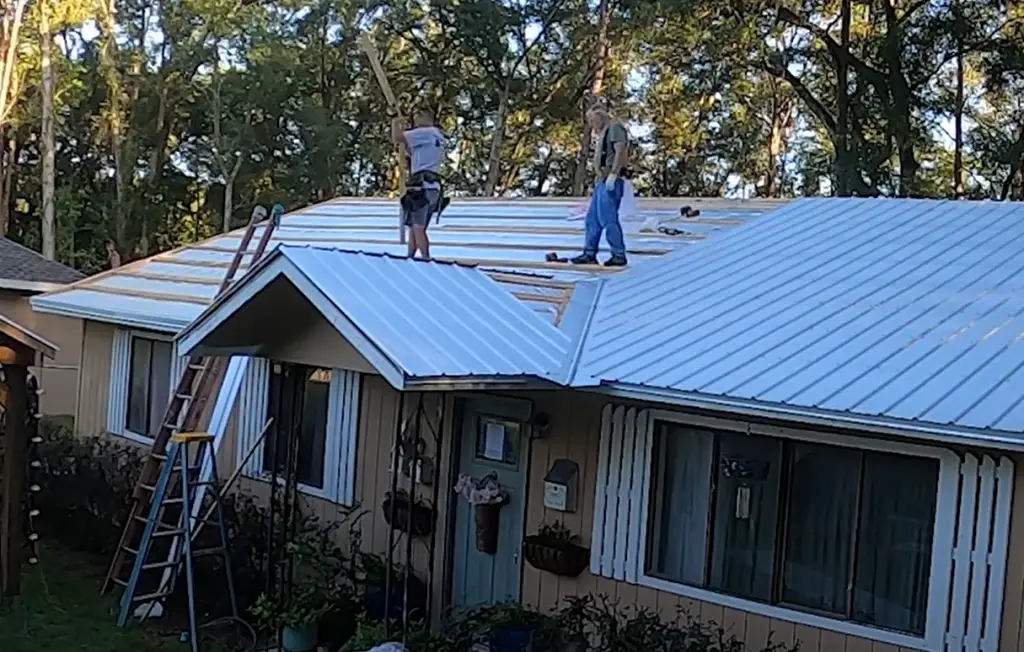
The short answer is yes, you can install a metal roof over asphalt shingles. However, there are a few things to consider before proceeding. In this article, we’ll cover the pros and cons of installing a metal roof over asphalt shingles, as well as provide some helpful tips for making the installation process as smooth as possible.[4]
FAQ
Do you need to remove shingles to put on a metal roof?
You typically don’t need to remove shingles to install a metal roof. In fact, it’s often possible to install a metal roof directly over your existing shingles. However, there are a few exceptions. If your roof is leaking or has significant damage, you’ll likely need to replace the shingles before installing a metal roof. Likewise, if your shingles are curling or buckling, it’s best to remove them before installing a metal roof.
What is the advantage of a metal roof over shingles?
There are several advantages to installing a metal roof over shingles. Metal roofs are extremely durable and can last up to 50 years or more. They’re also fire resistant and energy efficient, which can help lower your energy bills. Metal roofs are also low maintenance, meaning you won’t have to worry about replacing them as often as you would with shingles.
What is the biggest problem with metal roofs?
The biggest problem with metal roofs is that they can be noisy. During a rainstorm or when hail hits, you might hear a loud banging noise. This can be mitigated by installing sound-deadening insulation under the roof.
What are the disadvantages of metal roofing?
The main disadvantage of metal roofing is the cost. Metal roofs are more expensive than shingles, and the installation can be costly as well. Additionally, metal roofs can be noisy and difficult to repair if they’re damaged.
Do metal roofs leak more than shingles?
No, metal roofs do not leak more than shingles.
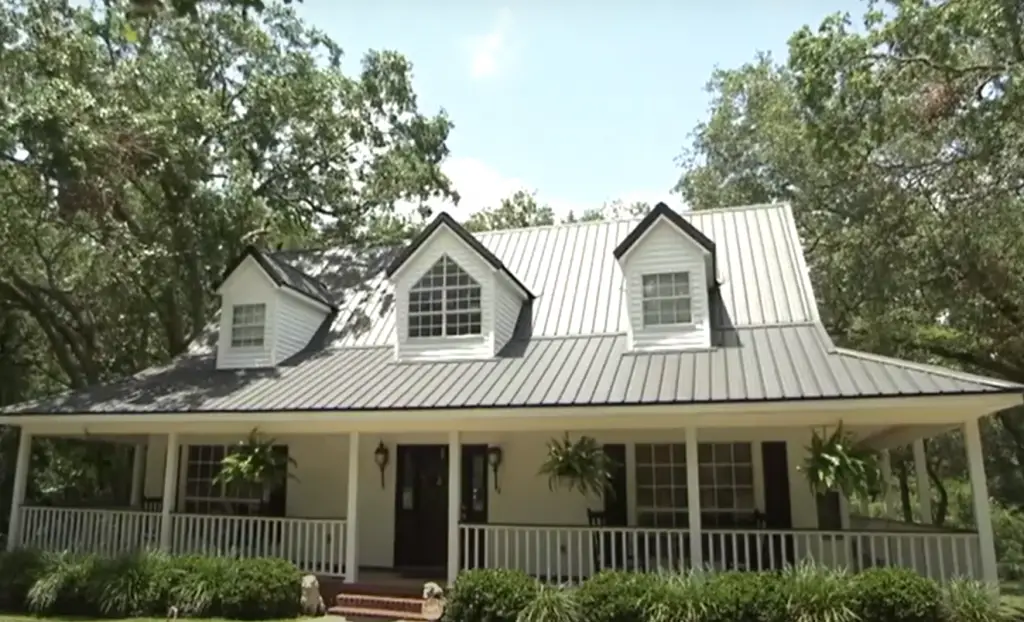
In fact, metal roofs are actually more resistant to leaks than shingles. However, if your metal roof is damaged, it can be difficult to repair.
Are metal roofs loud when raining?
Yes, metal roofs can be loud when it rains or hails. However, you can mitigate this by installing sound-deadening insulation under the roof.
Does a metal roof make a house hotter?
No, a metal roof does not make a house hotter. In fact, metal roofs are actually more energy efficient than shingles, which can help lower your energy bills.
Useful Video: Can You Put a Metal Roof Over a Shingle Roof?
Conclusion
With all of this information in mind, you can make an informed decision on whether or not you can install a metal roof over shingles. If you have any further questions, be sure to consult with a professional to get the most accurate advice.
References:
- https://www.advaluminum.com/blog/can-you-install-metal-roofing-over-a-shingle-roof/
- https://legacyusa.com/blog/metal-roofing-over-shingles/
- https://blog.mcelroymetal.com/metal-roofing-contractors/how-to-install-metal-roofing-over-shingles
- https://www.billraganroofing.com/blog/install-metal-roof-over-asphalt-roof

